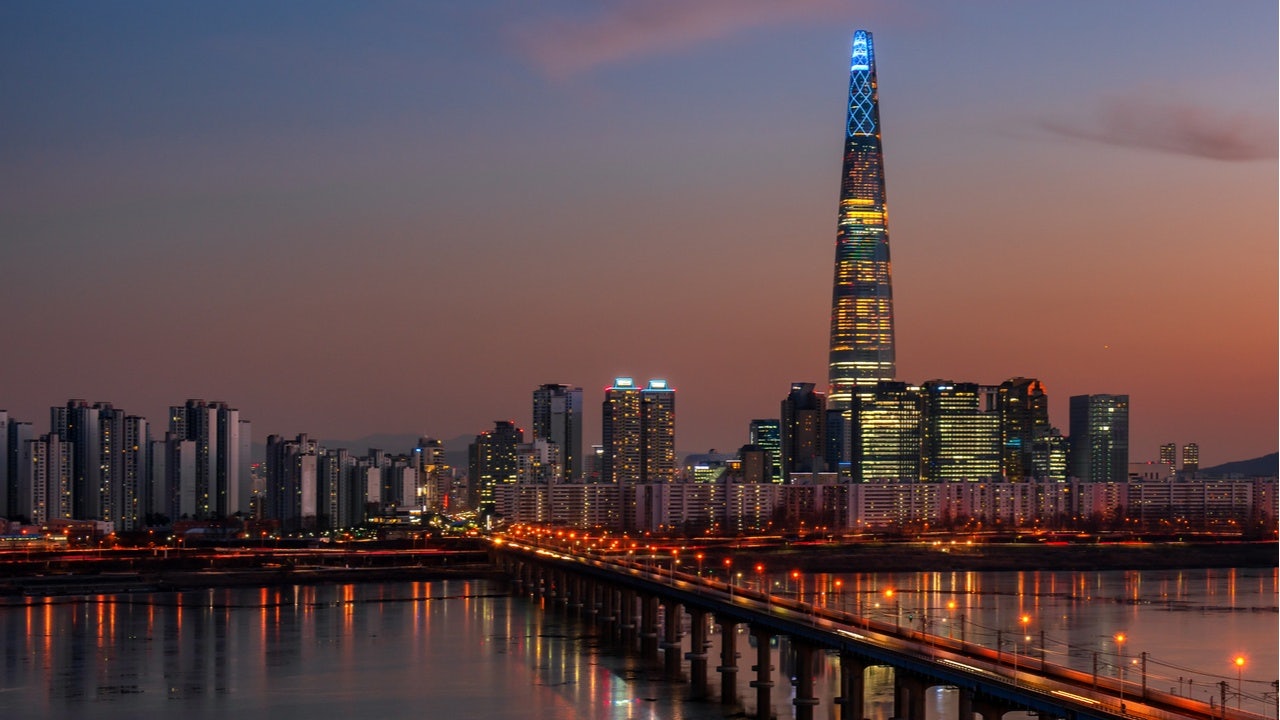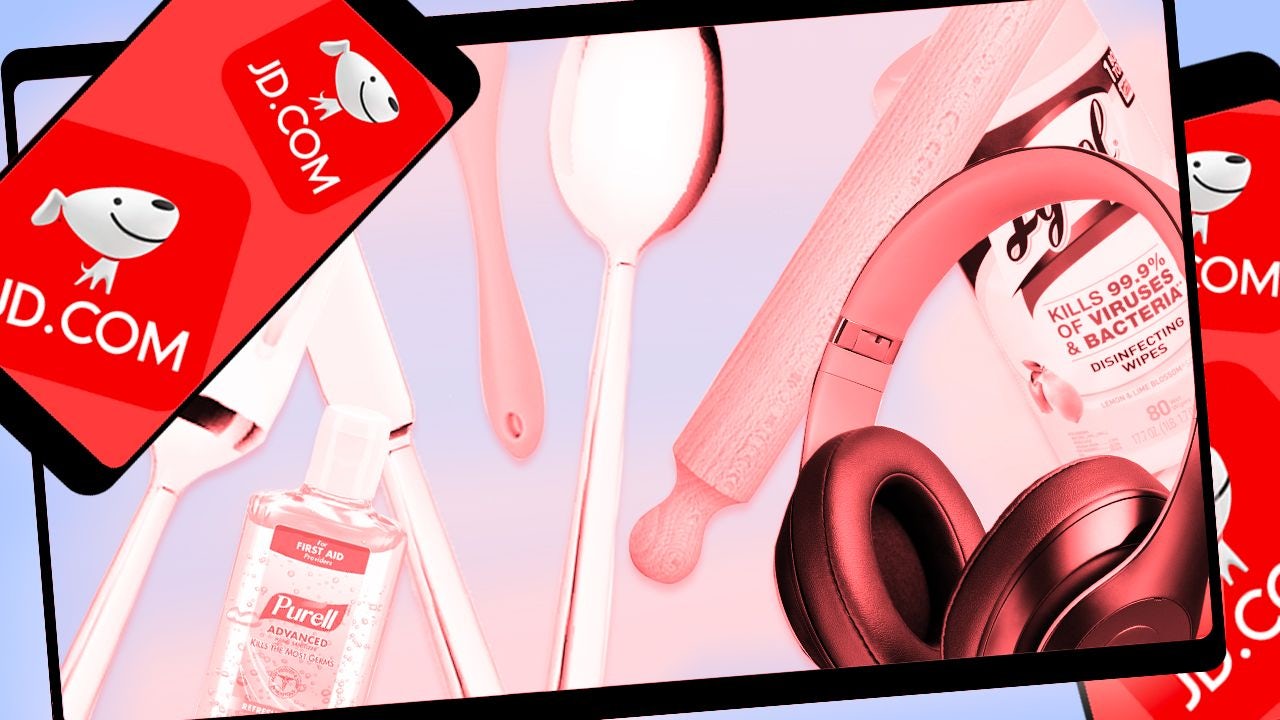China and South Korea are the two countries that recovered from COVID-19 the fastest, but their luxury market rebounds look quite different. Even though South Korea’s market and appetite for luxury are both smaller than China’s, understanding the similarities and unique differences between them can help brands with their regional post-COVID-19 merchandising plans. Below are some key takeaways from recent industry reports.
Differences:#
Recovery timelines#
Because the virus was identified in China about half a month earlier than it was in South Korea, recovery speeds were different, according to the China and Korea Rebound 2020 report produced by the consulting and research firm Agility Insights. Offices reopened in China around March 1, whereas the government lifted restrictions on public facilities in South Korea around April 22.
The speed of China’s recovery was much faster, and many luxury brands returned to 60-70 percent of their 2019 levels in March and saw weekly increases into April. With the help of the government, shopping malls and e-commerce platforms employed a series of stimulus packages designed to boost consumption. However, some brands remained more concerned about recovering sales over the next half year.
South Korea never imposed as strict a lockdown as China did, and by mid-March, Koreans were advised to stay home when not going to work or visiting health care providers. Traffic in large malls and department stores began to rebound in April, and the focus was on premium-priced goods.
Speed of digital adoption#
Because of its dominant e-commerce giants and mobile-first culture, China had already employed online shopping as the norm, even in the COVID-19 outbreak. In South Korea, consumers are still warming up to online shopping, and its public was only used to going online for necessities. Buying luxury goods still wasn't common, so luxury brands needed to become early adopters there. For example, the Hyundai department store held the industry’s first online fashion show, which was broadcasted live on the Hyundai Department Store’s official YouTube channel.
Both countries experimented with livestreaming, but its entertainment value is greater in South Korea. According to the report, virtual socializing and entertainment are trends that should continue to become a part of consumers’ lives in Korea. Meanwhile, in China, beauty is the best-positioned category for livestreams, and many luxury brands have already seen strong sales results from livestreaming on different platforms like Tmall, JD.com, and Little Red Book.
Consumer Sentiment#
While Chinese Gen Zers are more aware of their health, South Koreans place more emphasis on financial success. However, the country has recently seen a shift regarding luxury's real benefits, and social factors are declining in importance for South Koreans. For them, luxury is increasingly becoming about rewarding oneself, quality of life, enjoyment, and self-expression.
Similarities:#
Revenge shopping#
Korea’s consumers are eager to shop as a release after quarantining, just like in China. In Korea, this is called bobok sobi, and in both markets, retail therapy has emerged as a way to reclaim a sense of normalcy during March and April. In both markets, big brands were able to weather the storm, and lines could be found outside luxury brand boutiques like Chanel since HNWIs have been the most resilient during this crisis.
The domestic travel rebound#
In Korea, domestic travel and tourism picked up during May, while an uptick in air travel in China started at the end of February. Both countries saw an increase in tourism and travel during the Golden Week holiday, and China’s Ministry of Culture and Tourism reported that hotel occupancy exceeded 60 percent capacity. Local resorts in Jeju are now seeing an occupancy rate of up to 70 percent. Korean Air added back domestic flights in May and planned to reopen 19 international routes in June.
However, according to Wendy Choi, COO of the predictive analytics firm Chain of Demand, the Korean luxury market has yet to recover fully as its Chinese tourism still has not rebounded. As most of Korea’s luxury shops and duty-free stores relied on Chinese consumers, they were hit hard during the coronavirus. There are still strict rules in place for Chinese travelers, and it appears many have yet to return to Korea.
Where are both market headed?#
“Based on our predictions, we believe that [Korea] will be safe to begin reopening between July and August,” Choi said, “and luxury shoppers in China will continue to spend on luxury items as they can afford to.”
For other retail segments, spending will gradually rise in both countries, but Korea should see more dramatic shifts towards e-commerce similar to China’s 618 Shopping Festival. Also, as Korea’s younger consumers become more health-aware, they will shift to buying essential items such as health-related and wellness products.

